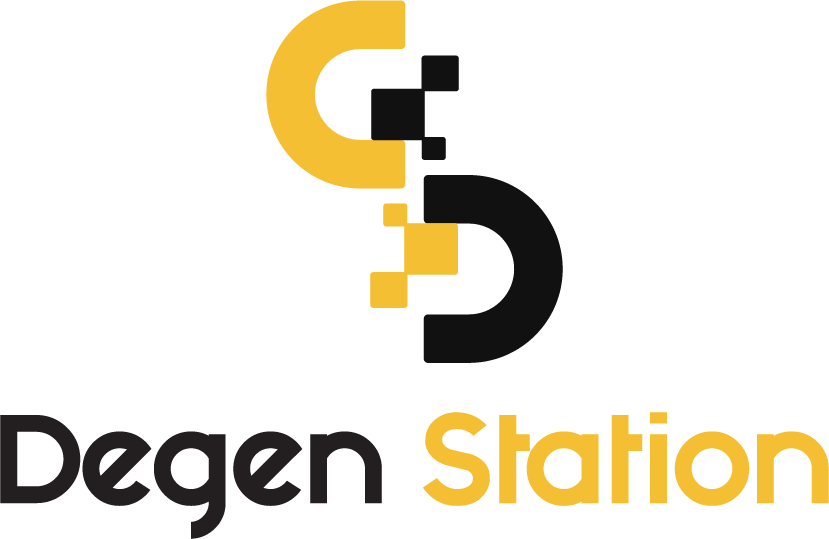Sui Network Breaks Down Native Token into Micro Units

Sui Network’s latest move to divide its native token, SUI, into smaller units called MIST aims to enhance micro-payments, including the already low gas fees on the platform.

The developers at Sui Network have introduced a smaller denomination of the SUI token, named MIST, to streamline micro-payments.
📢It's a busy week – today, we're excited to talk about MIST, the smallest unit of a SUI token!
— Sui (@SuiNetwork) October 20, 2022
💧 Coin<SUI> with value of 1 will equal 1 MIST, and 1 MIST will equal 10^-9 of a SUI.
Let's dive in👇🧵1/3
From now on, 1 SUI = 1 billion MIST. It's important to note that MIST is not a separate token but functions similarly to how 100 cents make up 1 USD, or satoshis in Bitcoin and wei in Ethereum. MIST will be especially useful for handling the extremely low transaction fees on Sui.
The introduction of MIST also addresses the issue of “dust,” which refers to very small amounts of coin/token often ignored. For example, in Bitcoin, the smallest unit is a satoshi (0.00000001 BTC), and a few hundred satoshis can be considered dust.
In other words, dust represents very small transactions or token amounts that are not worth sending due to their insignificance compared to gas fees. It’s also used to describe tiny amounts of coins that are "stuck" and not tradable.
SUI and MIST balances will soon be updated on the Sui Wallet and blockchain explorer.
As Coin68 reported, Sui is the debut project from Mysten Labs, co-founded by four former engineers from Meta’s (formerly Facebook) Novi wallet team. They also worked on the Diem blockchain and the Move programming language, which was later abandoned by the project.
Sui has garnered significant backing from major players such as Andreessen Horowitz (a16z) and Coinbase Ventures. In December of last year, Sui raised $36 million and recently concluded a $300 million funding round led by FTX Ventures, bringing its valuation to $2 billion.
Besides Sui, Aptos, another project emerging from the Diem ashes, has recently revived the airdrop trend, though it has since stabilized.





